THE SEVEN SISTERS OF LINCOLN PLACE (1906)
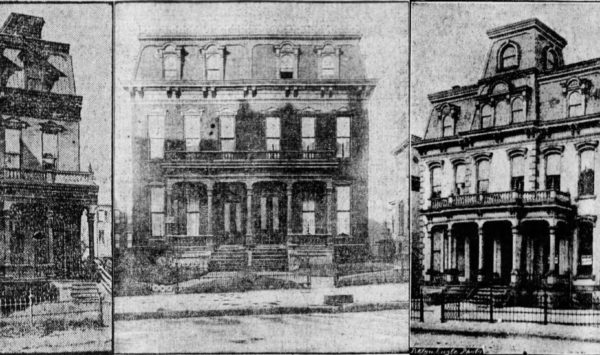
******************************************************************************************************************************** Brownstone Detectives investigates the history of our clients’ homes. The story you are about to read was composed from research conducted in the course of one of those investigations. Do you know the history of YOUR house? ******************************************************************************************************************************** If the Big Bad Wolf had had anything to do with it, he would have always voted for the predictability of a good detached wood-frame villa. It had gotten him far in his day and, what’s more, it had gotten him fed. But it wasn’t the Three Little Pigs’ hairy nemesis that was making housing decisions in Park Slope, Brooklyn around the turn of the last century. Rather, it was the Pigs, themselves, who wanted more modern, sturdier, up-to-date brick and masonry structures. THE DEATH OF VILLAS In early 20th century Brooklyn, a combination of home buyers’ indicators was guiding downward the valuation of older Victorian-era properties. First of all, impacting the long-term downward trajectory, there were the laws promoting fire zones that prevented structures built with wood frames from being constructed going forward. There was also their susceptibility to fire (which prompted these fire zones in the first place). And there was their age – a large number of free-standing villas still around in Brooklyn at the time were at least 25 years old – most others were many years older that that. Most visible, however, were the tastes of the early 20th century home buyers which leaned heavily in the direction of sturdy masonry buildings. The variable, however, which […]
MURDER AT No. 248 PRESIDENT ST (1916)
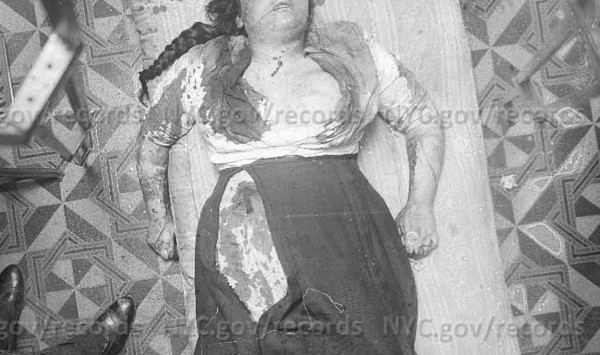
******************************************************************************************************************************** Brownstone Detectives investigates the history of our clients’ homes. The story you are about to read was composed from research conducted in the course of one of those investigations. Do you know the history of YOUR house? ******************************************************************************************************************************** Joseph Russo had a good reputation. He was a 26-year-old longshoreman with a strong work ethic. But when his wife was discovered with a bullet between her eyes, Detective Coughlin figured he would search the place. And when the dust had settled, the police were in possession of nine weapons and Russo was in lock-up. INVESTIGATING THE CRIME Carroll Gardens by this time had changed from the lower middle class Irish neighborhood that it had once been, into a working-class Italian community with numerous Italian criminal gangs. Violence was a common daily occurrence and reports of abductions, shoot-outs, and kidnappings for ransom were often in the papers. Still, the police had, during the investigation, come to believe that “the bullet that killed his wife was fired accidentally.” Russo told the police that he had been “cleaning an automatic pistol about 10 P.M. with his wife seated across the table from him with the baby, Anthony, in her lap.” After Russo had removed the magazine, he had forgotten that “a cartridge had been left in the chamber.” Then, apparently, continuing to clean and oil the weapon, Russo pulled the trigger and the cartridge “exploded.” First, gracing the face of the baby, whom Rose had seated on the table, the bullet then “entered […]
A BUFFALO SOLDIER ON HERKIMER ST. (1930)
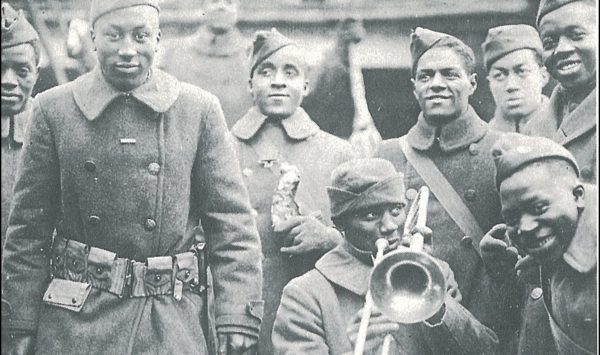
******************************************************************************************************************************** Brownstone Detectives investigates the history of our clients’ homes. The story you are about to read was composed from research conducted in the course of one of those investigations. Do you know the history of YOUR house? ******************************************************************************************************************************** It was 1918, and Harry Francis Cole had only three options. As an African-American in the United States, drafted into the military when the country was entering the First World War, he could: 1) work as a non-combatant – laboring as a stevedore, digging trenches, graves, and latrines, or building hospitals, roads, bridges, and railroad lines, 2) fight in a segregated unit – as an American soldier with the French Army, whose soldiers did not object to fighting alongside African-American troops, or 3) join a military band – one of the many brass bands in the European theater that were composed of African-American musicians. Cole, already a budding musician back home in Philadelphia, would naturally find himself in the last group, a horn player in one of the units of the 92nd Division – or, as the military unit was more commonly known, the venerated “Buffalo Soldiers.” BORN TO WAIL Born one of four children to William and Carrie Cole in Philadelphia in 1896, Harry Cole was never really destined to be a fighter. When he was a boy he was even then sure that his future was in music. He likely caught the bug when ragtime was all the craze, but when he heard the new sound of jazz in the […]
THE BOY AUTHOR OF 224 MONROE ST (1914)
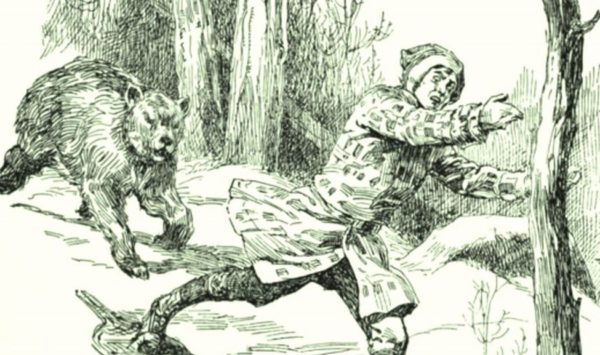
******************************************************************************************************************************** Brownstone Detectives investigates the history of our clients’ homes. The story you are about to read was composed from research conducted in the course of one of those investigations. Do you know the history of YOUR house? ******************************************************************************************************************************** In 1914, Gilbert P. Simons was being lauded for his first book. Simons, however, was no typical writer – he was a 13-year-old Brooklyn boy who had just written and published his very own book. “Shadorok Tales,” Simons’ work, was a foundational “collection of stories by him and his cousins and friends, none of whom is a great deal older than he.” WRITING THE BOOK ON MONROE STREET The entire affair began when Simons, who “in the winter lived at 224 Monroe street (near the corner of Nostrand Avenue), and in the summer at Blauvelt, N.Y.,” was given “a printing press and type by his father on Christmas of 1912,” noted the Brooklyn Daily Eagle. Little Simons appears to have had a leg up in his young publishing career by a father who worked for the Daily Eagle, which was Brooklyn’s newspaper of record. Simons started at first printing invitations, cards, circulars, billheads, &c., but then “the big idea of the book took hold of Gilbert and his father. “Everyone who was asked to contribute did so,” noted the Daily Eagle of the compilation volume of stories, “and soon there was enough ‘copy’ on hand to begin ‘setting it up.’” In 1915, the book was finished and printed up by the Shadorok […]
BROOKLYN’S PLAN TO SAVE DAYLIGHT (1917)
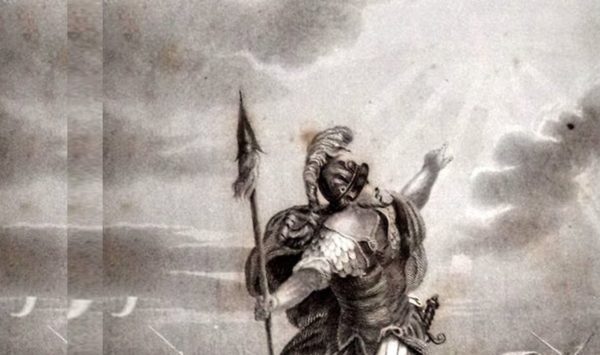
******************************************************************************************************************************** Brownstone Detectives investigates the history of our clients’ homes. The story you are about to read was composed from research conducted in the course of one of those investigations. Do you know the history of YOUR house? ******************************************************************************************************************************** It’s difficult to believe that just over 100 years ago there was opposition to Brooklyn’s plan to “save daylight.” But in 1917, when Brooklyn State Senator Calder was talking up his “Daylight Saving” idea, many future-opponents started, at that time, to smell (and prepare for) a fight. As such, when the bill was actually lodged the following year, these opponents of sunlight came out from the dark in full force with every reason NOT to have daylight saving – under the sun: (1.) The theaters would go out of business, as no one wants to attend while the sun is still shining. (2.) The Bible is opposed to it – read Joshua, chapter 10, where he fought the Amorites – during the battle of which God held the sun from going down for one hour – long enough for Joshua to win his battle. (3.) Too much sun is bad for us, claimed some doctors. (4.) Steamship and railway lines would suffer, as their adjusted timetables would confuse passengers. (5.) It violated Home Rule, said Governor Al Smith. The reasons were as endless as they were interesting. But just as the sun will rise tomorrow, so was it eventual that Daylight Saving would come. In the end, the measure won the […]
A STUDY IN DISMEMBERMENT (1914)
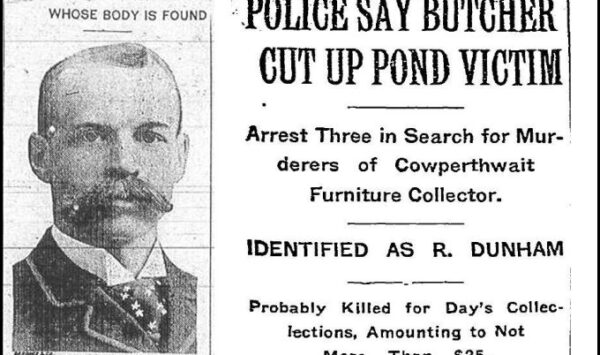
******************************************************************************************************************************** Brownstone Detectives investigates the history of our clients’ homes. The story you are about to read was composed from research conducted in the course of one of those investigations. Do you know the history of YOUR house? ******************************************************************************************************************************** When the pieces of a dismembered body started showing up in different locations in Brooklyn around Christmas of 1914, it didn’t take long before Brooklyn Detectives traced those body parts to a block on Macon Street in the Stuyvesant section of town. “The two pieces of torso which were found on Friday by boy skaters embedded in ice in a pond between Coney Island and Ulmer’s Park were identified yesterday afternoon as parts of the body of Rufus Dunham, 61 years old, of 752 Macon Street, Brooklyn.” So began the article that was to create a great sensation on Bedford-Stuyvesant’s Macon Street between Ralph and Howard avenues. DREDGING UP THE PAST When we uncovered this story a few years back, we had been researching a house on this block of Macon Street (near to Howard Avenue) for our first House History Book. We had thought it would be interesting to see who else had lived on the block over the past 125 years. During our historical research, up popped this gruesome and sensational story which must have created quite a stir on the block at the time. SEARCHING FOR THE KILLER The murder case, described as “one of the most disturbing that police of the city have had to cope with […]
SATAN’S CANDY SHOP (1911)
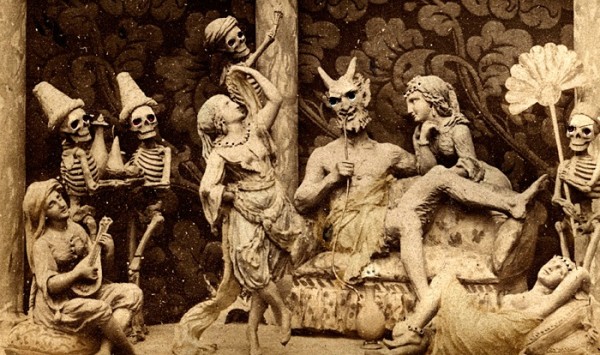
******************************************************************************************************************************** Brownstone Detectives investigates the history of our clients’ homes. The story you are about to read was composed from research conducted in the course of one of those investigations. Do you know the history of YOUR house? ******************************************************************************************************************************** If a man named Hell offered you some candy – would you take it? That was Otto Herman Hell’s problem. And, yes, in fact he was about to open a confectionery in Brooklyn on Broadway. THE DEVIL’S CONFECTIONER It must have been difficult growing up with a name like Hell. There were probably countless jokes and plays on the name. Otto must have been quite tired of it all by the time he reached the age of maturity, at which point he began thinking seriously about changing it. Having emigrated from Germany in 1891, he was 25 when the immigration officials must have looked up at him in surprise as he stood before them hoping to gain entry into the country. “Hell? Hell?” the official must have half-asked, half-shouted, incredulously. “O’Connor, come quick, or you’ll have Hell to pay!” Lots of uproarious laughter here, then a loud stamp, and then Hell was on to the next set of jokes somewhere in his new country. He probably found it curious in the early days, perhaps a bit enjoyable if he had had a playful streak. But, by George, it was 1911 now, and Otto was 36 with a wife and two children. He was more than ready to get serious with his […]
THE GANG THAT STOLE HOUSES (1907)
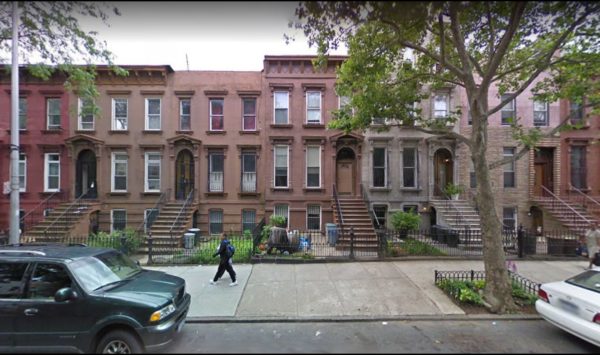
******************************************************************************************************************************** Brownstone Detectives investigates the history of our clients’ homes. The story you are about to read was composed from research conducted in the course of one of those investigations. Do you know the history of YOUR house? ******************************************************************************************************************************** Stealing homes is not a unique and recent invention. Known by its formal title as “deed fraud,” it involves the collusion of wrong-doers within and without city government. Cases of “deed forgery,” or of the filing of “bogus deeds,” have existed from the time that paper has been used to represent the transfer of property from one party to another. In the case of “deed fraud,” the difference between it and a regular legal real estate conveyance, is the fact that, in the former, someone else has represented themselves to be owner of a property they do not possess by forging their – or someone else’s – name on a document representing the parcel of property. The fraud continues when that document is notarized, sometimes illicitly on the part of the notary, and then filed with the city which represents that the victim’s parcel of property has now been transferred to someone else. The fraud, at this point is usually not complete, as the bogus transferer of the victim’s deed then transfers the victim’s property a time or two (or three) (through the hands of buyers who either have no idea their name has been used – or who happily allow their names to be used for a price) until the […]
SHAKESPEARE AT NO. 24 BREVOORT PL (1928)
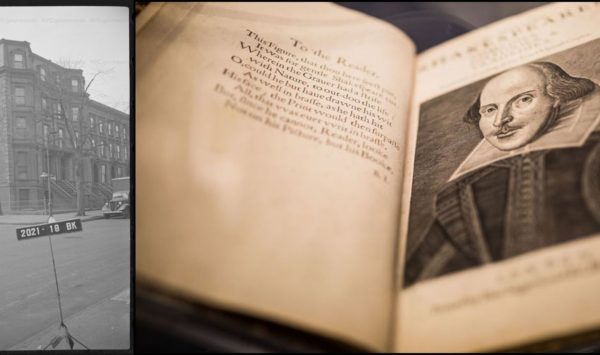
******************************************************************************************************************************** Brownstone Detectives investigates the history of its clients’ homes. The story you are about to read was composed from research conducted in the course of one of those investigations. ******************************************************************************************************************************** Henry C. Folger loved Shakespeare. His admiration for the author and his writings was such that he once paid $100K for a single folio of the bard’s work. The president of the Standard Oil Company was so smitten with Shakespeare’s works that, in 2014, a book, Collecting Shakespeare, was published about Folger and his collection. Folger, who started his relationship with Standard Oil as its director, would rise to become the chairman of its board, building a trusted relationship with the company’s owner, John D. Rockefeller, Sr. While frugal in the management of his money, Folger’s position with the largest oil company in the world certainly allowed him plenty of it to use in the pursuit of everything Shakespeare. And everything Shakespeare that he purchased for his collection eventually made its way to the library of their rented house at No. 24 Brevoort Place in Brooklyn, where the couple would live from 1910 through the early 1930s. FOLGER, BREVOORT, & SHAKESPEARE Henry Clay Folger’s collection of Shakespeareana included 35 copies of the 1623 first folio edition, of which only 200 copies were then known to be in existence. These earliest texts of William Shakespeare’s works were published during the 16th and 17th centuries in quarto or folio format. While quartos are smaller volumes, folios are large, tall volumes, roughly […]
BROOKLYN’S FIRST DAY OF SCHOOL (1916)
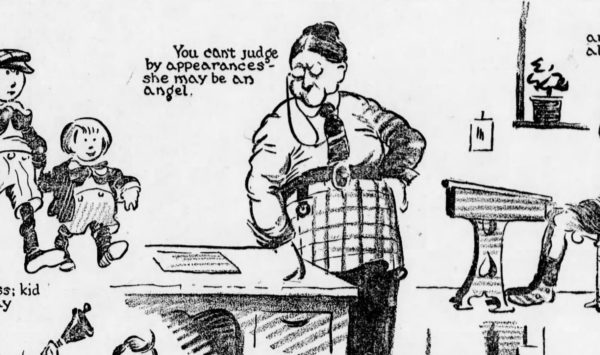
******************************************************************************************************************************** Brownstone Detectives investigates the history of our clients’ homes. The story you are about to read was composed from research conducted in the course of one of those investigations. Do you know the history of YOUR house? ******************************************************************************************************************************** At the beginning of the school year in 1916, the Brooklyn Daily Eagle published a set of cartoons, in its Sunday, 17 September edition, lampooning the first day of school for children, janitors, teachers, and parents, alike. We faithfully reproduce the graphics and the accompanying musing here: “Funny things really happen on the first day of school, though most of us don’t like laughing just then We have to wait until we are in a happier frame of mind. Do you remember the boy who always starts the year by being late? He wouldn’t make an exception of the first day – that would be against his principles. You see, he has only had three months to get to school on time, so you can’t expect him to do it on such short notice. In the last five minutes of those three months he suddenly realizes that he is late. Then he rushes and gets to class just three minutes overdue, and very much out of breath. “There are girls like this, too, but they are not so numerous as the boys. Girls as a rule get to school on a much more regular time schedule than boys. There are four reason for this; they like school better; they fear teacher […]